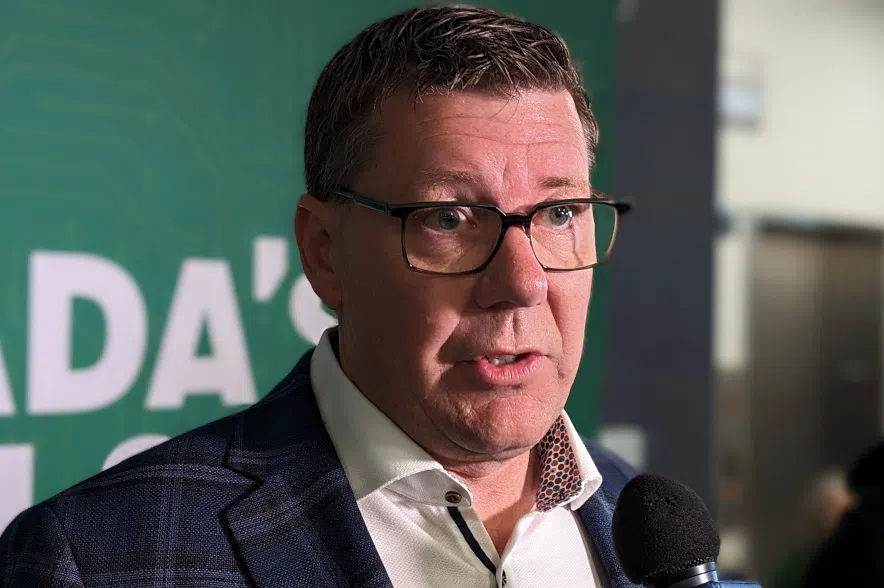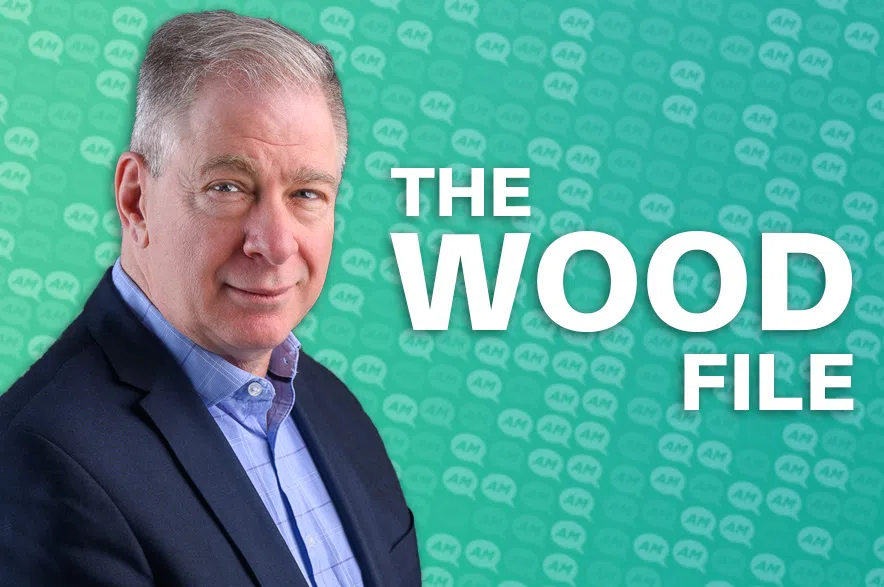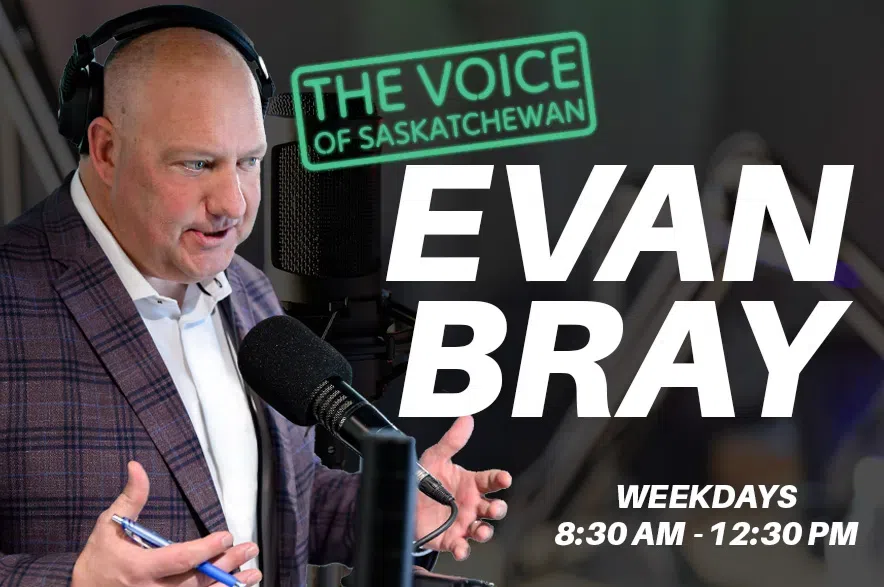Much of the conversation came right back to trade at the final news conference of the Western Premiers’ Conference – even when separation was the topic of discussion.
The list of topics on the table was wide for the meeting with the western premiers and the territories’ premiers – from housing and public safety to emergency preparedness and Arctic security. However, the leaders spoke most about trade, economic security and economic corridors when speaking to media on Thursday.
Read More:
- Sask. Polytechnic cuts 27 jobs amid trade war tariff uncertainty
- Ontario and Manitoba ink deal to boost interprovincial trade
- Evan Bray Show: Mosaic weighs in on potash and trade tensions
B.C. Premier David Eby said this is the moment for Western Canada to be the engine that drives the Canadian economy into the future.
The premiers signed a memorandum of understanding “to work together towards the identification, planning and development of enhanced economic corridors in the West.”
That included the creation of a trade corridor from Hudson Bay to ports in northwestern B.C., encompassing and working for the areas in between.
“I was really excited in what I think is the start of a generationally beneficial discussion around connecting tidewaters, really, in Canada – connecting the opportunities that might be available in Hudson Bay to the northwestern ports through a defined corridor,” said Premier Scott Moe, talking about opening up corridors to both Asia and Europe.
Today, all Western Premiers called for the creation of an economic corridor to provide port-to-port access from the west coast to Hudson’s Bay.
This generational project will secure Canada’s economic future and transform Canada into an energy superpower. pic.twitter.com/2a7HtHMfT3
— Scott Moe (@PremierScottMoe) May 23, 2025
The premiers also talked about Arctic ports possibly being included in that in the future – Moe saying he can’t think of a more nation-building project.
The premiers also invited the territories and other provinces to sign on to the New West Partnership Trade Agreement, which currently has B.C., Alberta, Saskatchewan and Manitoba as signatories.
“To really rip down any of those interprovincial hindrances or hurdles that we might have in free and open trade, procurement, as well as labour mobility across the nation,” said Moe, calling that agreement a gold standard in trade agreements.
When Saskatchewan first signed the agreement in 2010, the provincial government said it would create the largest interprovincial barrier-free trade and investment market in Canada. It was meant to have the provinces remove trade barriers, co-operate on international trade, co-ordinate innovation and combine their buying power for procurement purposes.
A couple of questions were brought up about possible separation talk, but the premiers swung it back around to trade. Moe said there is a feeling of alienation in Saskatchewan, but people also want the province to contribute to a united nation.
He said it tied into the work of the premiers at the conference in opening up trade, which will need infrastructure and will require the work of all those provinces between Hudson Bay and B.C.
In its letter to wrap up the meeting, the premiers wrote about trade and the tariff situation out of the U.S., also calling on the federal government to immediately start work on removing the Chinese tariffs on Canadian canola products, pork and seafood.
They also discussed emergency preparedness, housing, and Arctic security and sovereignty – saying Canada will have to do more than just assert its sovereignty over the north – that it will have to make long-term investments to support healthy and resilient northern communities.
This meeting came less than two weeks ahead of the First Ministers’ Meeting with all the premiers and prime minister, set to be held in Saskatoon.











